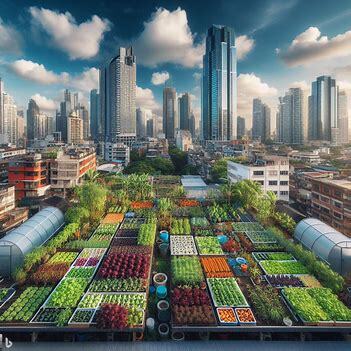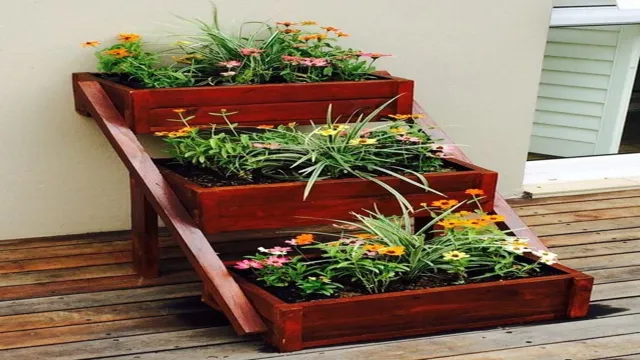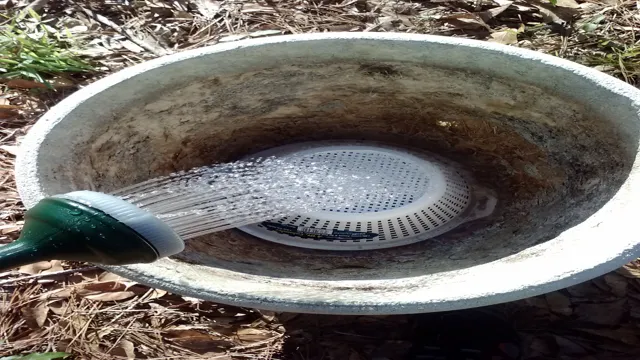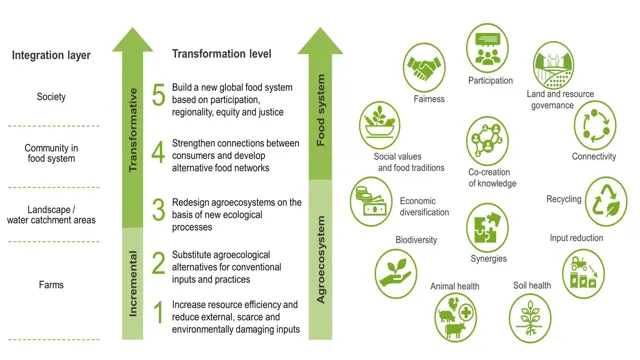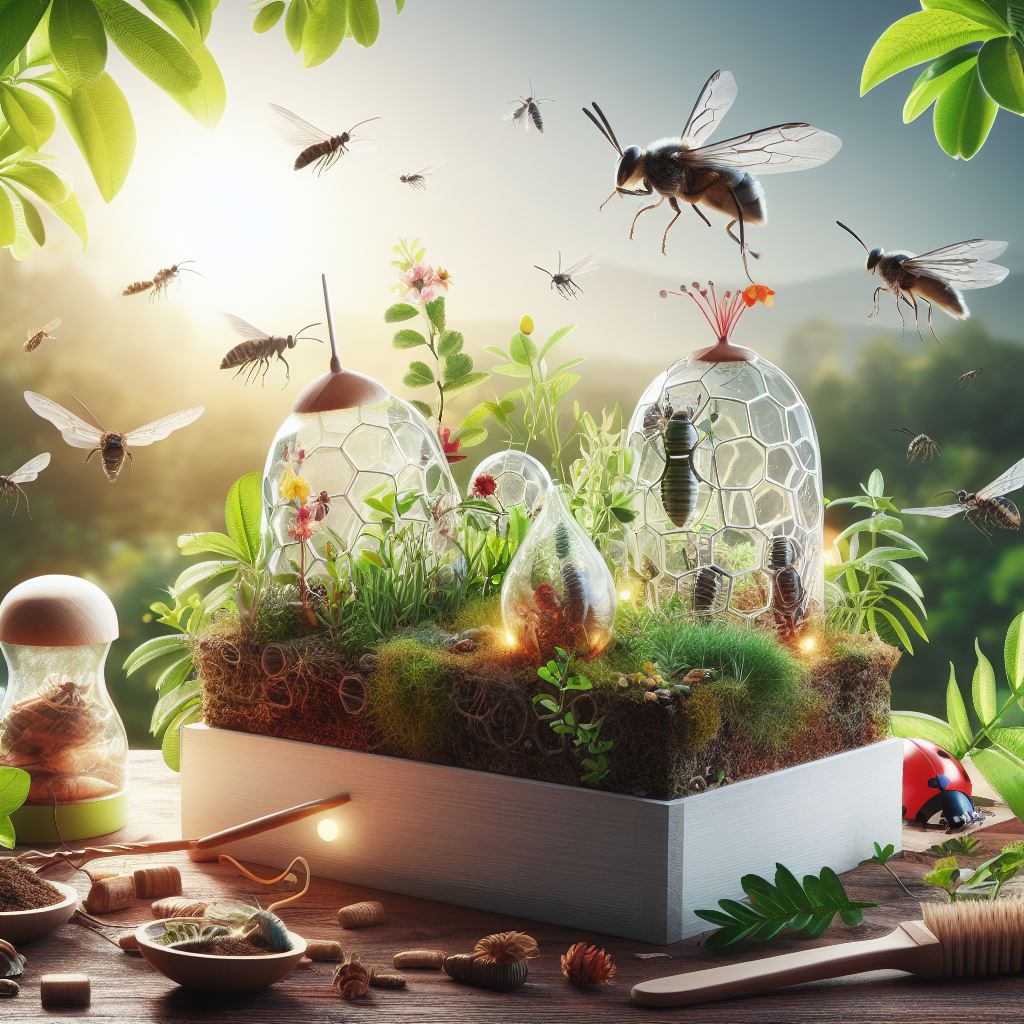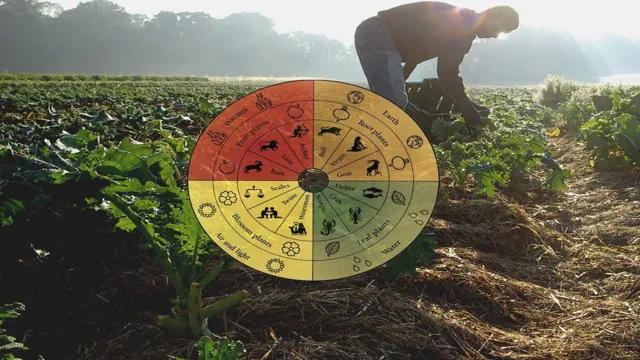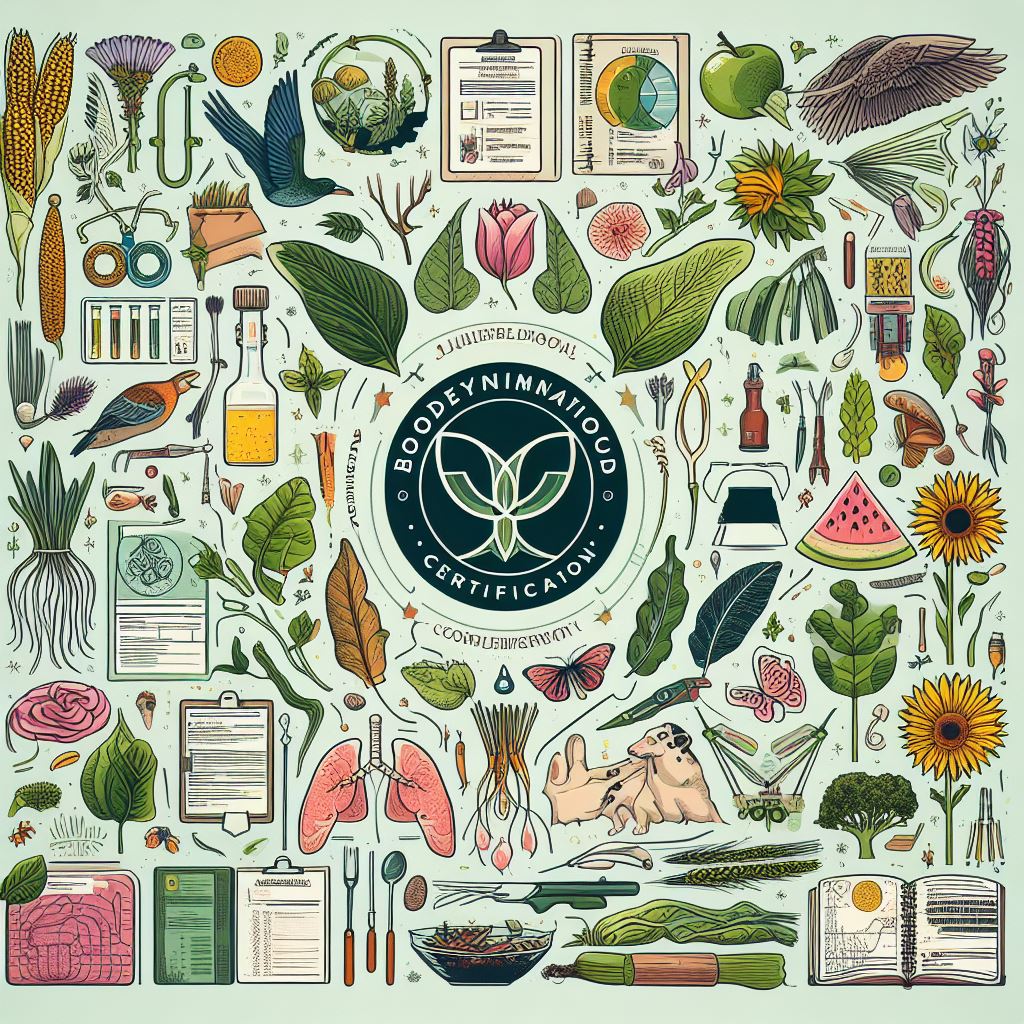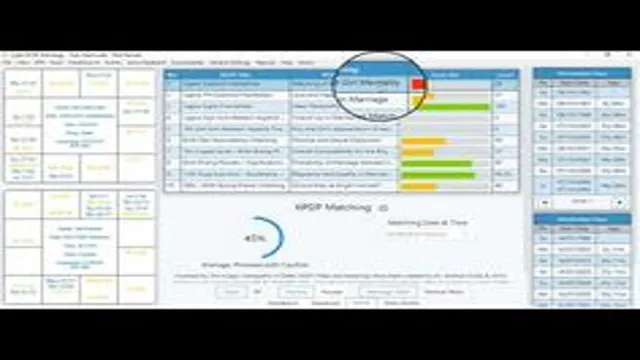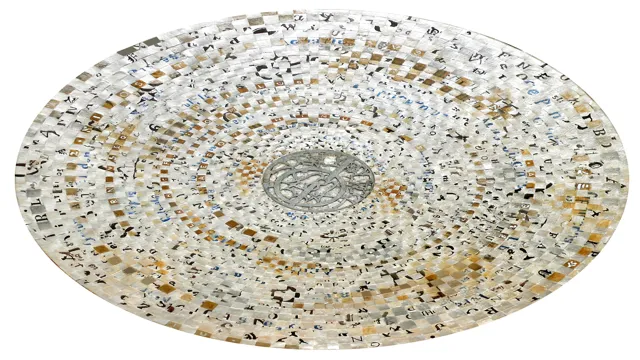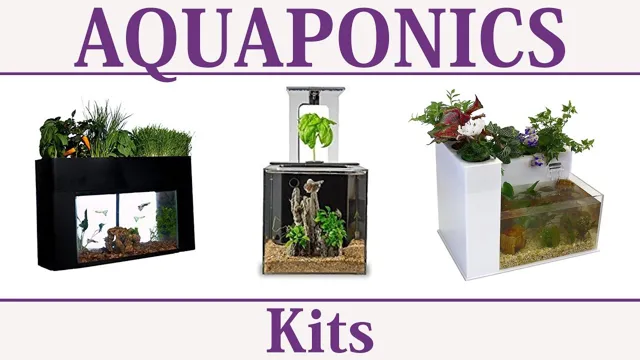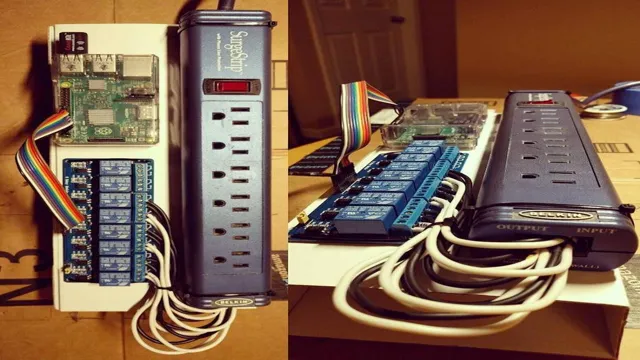Immerse yourself in the verdant world of balcony gardening, a flourishing trend that is revolutionizing the urban living experience. With today’s fast-paced lifestyle, having a small green space can be a soothing retreat. However, mastering this art might seem daunting to many.
Fret not; our comprehensive guide on balcony gardening with kits will simplify this process for you. Whether you’re an experienced gardener or a beginner, our tips will help you create a lush oasis right in the heart of the city. Read on to discover the secret to an enchanting balcony garden, with the strategic use of kits, to transform your balcony into a nature lover’s paradise.
Introduction to Balcony Gardening
Embarking on the journey of gardening can be a transformative experience, and even more so when that journey takes place right on your balcony. Welcome to the world of balcony gardening, a realm where verdant dreams flourish in compact spaces. It’s an enchanting world that transforms your balcony into an oasis of greenery, blooming blossoms, and a fresh harvest of fruits, vegetables, or herbs.
The key to unlocking this magical world of greenery? Balcony gardening kits. These kits are the perfect starter packs for novice gardeners and busy urban dwellers. They come equipped with everything you need to kickstart your gardening adventure – from seeds, pots, and soil, to easy-to-follow instructions.
The beauty of balcony gardening kits lies in their simplicity. They demystify the gardening process, making it accessible and enjoyable for everyone, regardless of their green thumb prowess. From low-maintenance succulents to juicy tomatoes, there’s a balcony gardening kit tailored to each individual’s preference and lifestyle.
Balcony gardening is more than just an aesthetic pursuit. It’s a therapeutic activity that promotes relaxation, a sustainable hobby that encourages self-sufficiency, and a creative outlet that fosters an appreciation for the natural world. So why not give it a try? Your balcony is waiting to be transformed into your very own miniature Eden.
Also Learn: Maximizing Your Garden’s Potential: Essential Permaculture Add-ons for Sustainable Growth
What is Balcony Gardening?
Balcony gardening is a burgeoning trend for green-thumbed city dwellers who yearn for a touch of nature in their high-rise homes. It’s an ingenious solution to the limitations of urban living, transforming your small outdoor space into a lush, tranquil retreat. The concept is simple, but the execution can be a bit tricky, which is where balcony gardening kits come into play. These kits are a gardener’s best friend, providing all the necessary tools, seeds, and instructions to cultivate a thriving mini garden. Essentially, they turn any novice into a seasoned horticulturist, making balcony gardening a breeze.

Benefits of Balcony Gardening
Balcony gardening kits, the unsung heroes of urban green spaces, bring numerous benefits to the concrete jungle. These compact gardening solutions not only transform your small outdoor spaces into a verdant oasis, but they also offer a practical and therapeutic approach to gardening. They’re ideal for city dwellers yearning for a touch of nature, as they require minimal space and maintenance.
Balcony gardening kits provide everything you need to cultivate your own mini garden, from seeds to soil. It’s an effortless, eco-friendly way to improve air quality, reduce stress, and add a splash of color to your urban living space.
Understanding Gardening Kits
Gardening, for many, is a tranquil and therapeutic pastime. It has gained considerable traction in recent years, with a younger generation of urban dwellers seeking to create their green sanctuaries amidst the concrete jungle. However, not everyone is blessed with lush lawns or ample garden space.
Enter balcony gardening kits – the petite green solution for small spaces. Balcony gardening kits are essentially a gardener’s toolbox, designed to maximize productivity in limited spaces. These kits are perfect for beginners, as they come with all the essentials – from seeds to soil, containers, and even detailed instructions for those of us who lack a green thumb.
In a city where a balcony might be the only outdoor space you have, these kits are a game changer. They offer a variety of plant options, from vibrant flowers to fresh herbs and vegetables, allowing you to cultivate your personal green space, regardless of the size of your balcony. Investing in a balcony gardening kit is not just about the aesthetics or the joy of growing your own produce.
It’s about embracing the simplicity of nature right in the heart of the city, and transforming your balcony into a green oasis. And the best part? You don’t need to be an experienced gardener to start. Balcony gardening kits are designed to make gardening accessible and enjoyable for everyone.
They truly are a testament to the fact that size doesn’t matter when it comes to nurturing nature. It’s all about the love and care you pour into your plants. In conclusion, balcony gardening kits are your best bet if you’re looking to venture into urban gardening.
They are compact, convenient, and a clever solution to bring a slice of nature into your urban lifestyle. So, why wait? Start your gardening journey today, with a balcony gardening kit.
Best Balcony Gardening Kits
Transforming your balcony into a lush, green oasis can be a thrilling adventure, and it all begins with finding the perfect balcony gardening kits. These kits are designed to make gardening in small spaces not just doable, but also enjoyable and rewarding. They typically come packed with everything you need – from seeds and soil to pots and tools – making them a convenient choice for budding balcony gardeners.
One of the best balcony gardening kits on the market is the Urban Leaf Window Garden Kit. This kit is uniquely designed for people living in urban environments and makes growing your own herbs and vegetables a breeze. The kit includes three reusable window garden pots, organic soil, and a variety of seeds such as basil, parsley, and dill.
Another excellent choice is the Click and Grow Smart Garden, which takes the guesswork out of gardening. This innovative kit uses smart technology to ensure your plants receive the right amount of light, water, and nutrients they need to thrive. It’s like having a personal gardener taking care of your balcony garden! For those interested in vertical gardening, the Amazing Creation Stackable Planter is a fantastic option.
This kit allows you to grow a variety of plants in a small space, giving your balcony a vibrant, layered look. Balcony gardening is an exciting journey, and with the right kit, you can create a beautiful, productive garden in your own urban jungle. These kits make perfect gifts, too, for anyone looking to add a touch of nature to their living space.
How to Choose the Right Kit?
Choosing the right kit for a specific purpose can be essential to ensure you have the necessary tools and equipment to complete a task effectively. Whether you’re selecting a DIY kit, a home improvement kit, a cooking kit, or any other type of kit, here are some general steps to help you make the right choice:
1. Define Your Purpose:
- Clearly understand the purpose or goal you want to achieve with the kit. Are you looking to complete a specific project, learn a new skill, or solve a particular problem? Identifying your purpose is the first step in choosing the right kit.
2. List Your Requirements:
- Make a list of the essential components or tools you need to accomplish your goal. Consider factors such as size, quantity, quality, and any specific features or functions required for success.
3. Set a Budget:
- Determine how much you’re willing to spend on the kit. Having a budget in mind will help narrow down your options and prevent overspending. Keep in mind that some kits may include additional accessories or ongoing costs beyond the initial purchase.
4. Do Research:
- Research available kits that meet your requirements. Look for product reviews, customer feedback, and expert recommendations. Online reviews and forums can provide valuable insights from people who have used the kit for a similar purpose.
5. Compare Options:
- Compare different kits based on factors like quality, price, brand reputation, and included components. Pay attention to any variations or options within the same category.
6. Consider Long-Term Value:
- Think about the long-term value of the kit. Consider whether it’s a one-time use kit or if it can be used for multiple projects or purposes. High-quality kits may provide better long-term value even if they cost more initially.
7. Assess Durability and Quality:
- Examine the materials, construction, and durability of the components in the kit. High-quality materials and craftsmanship can ensure the kit’s longevity and performance.
8. Check for Warranty or Support:
- Look for any warranties, guarantees, or customer support offered with the kit. A good warranty can provide peace of mind in case of defects or issues.
9. Read Instructions or Manuals:
- If available, read the instructions or manuals provided with the kit. This will help you understand how to use the components effectively and safely.
10. Seek Recommendations:
– Ask for recommendations from friends, family, or colleagues who have experience with similar kits. They may offer valuable insights and suggest reliable brands or options.
11. Assess Your Skill Level:
– Consider your own skill level and experience related to the kit’s purpose. Some kits may be designed for beginners, while others are better suited for experienced users.
12. Trust Your Gut Feeling:
– Ultimately, trust your instincts. If you have a good feeling about a particular kit and believe it meets your needs, it’s likely a suitable choice.
Remember that choosing the right kit involves a combination of research, careful consideration of your needs, and sometimes a bit of trial and error. Taking the time to make an informed decision will increase the likelihood of success and satisfaction with your chosen kit.
You May Also Like: Unlocking Eco-Friendly Solutions: A Comprehensive Guide to Sustainable Design Tools
Setting up Your Balcony Garden
Creating a verdant haven of your very own in the heart of the city might seem like a daunting task, but with the right tools and guidance, it can be a breeze. Welcome to the world of balcony gardening kits – your one-stop solution to cultivating a lush and vibrant balcony garden. Balcony gardening kits are specially curated packages that contain everything you need to start a garden in your balcony space.
These kits usually encompass a variety of seeds, soil or compost, pots or planters, and essential gardening tools. Some even come with instructions or guidebooks to assist beginners in their gardening journey. Whether you’re captivated by the charm of a vibrant floral spectacle or the practical allure of growing your own herbs and vegetables, there’s a balcony gardening kit tailored to your preferences.
You can select from kits that focus on edible plants like tomatoes, peppers, and herbs or decorative plants like succulents and flowers. These kits are not just for novice gardeners; even seasoned greenthumbs can benefit from the convenience and variety that balcony gardening kits offer. They provide an excellent opportunity to experiment with new plant species without the hassle of sourcing each requirement separately.
Setting up your balcony garden is not just about planting seeds and waiting for them to grow. It’s about creating a space that resonates with your lifestyle and aesthetic preferences. With balcony gardening kits, you’re not just purchasing tools and seeds, you’re investing in a rewarding and therapeutic experience.
In conclusion, if you’re looking to transform your balcony into a blooming paradise, balcony gardening kits are your perfect companion. They equip you with all the essentials, making the process of setting up your garden not just simpler but also more enjoyable. Take the plunge into the world of urban gardening and discover the joy of watching your small space blossom into a vibrant oasis.
Frequently asked questions
What are balcony gardening kits?
Balcony gardening kits are specially designed kits that include all the necessary tools and materials needed to start and maintain a garden in a small space such as a balcony. They usually include pots or planters, soil, fertilizers, a variety of seeds, and sometimes even miniature gardening tools.
What are the benefits of using balcony gardening kits?
Balcony gardening kits offer a convenient and easy way to start gardening, especially for beginners. They come with a variety of seeds that are suitable for balcony gardening, and all the necessary tools are included. Moreover, they save space, time, and make the gardening process more organized.
Are balcony gardening kits suitable for all types of plants?
While balcony gardening kits are designed to accommodate a wide range of plants, they may not be suitable for all types. It is always recommended to check the specific requirements of the plant species you wish to grow. However, most kits are ideal for herbs, small vegetables, and flowering plants.
Where can I buy a balcony gardening kit?
Balcony gardening kits can be purchased from various sources including garden centers, home improvement stores and online marketplaces like Amazon, eBay, or specialized gardening websites.
Can I use balcony gardening kits indoors?
Yes, most balcony gardening kits are versatile and can be used indoors as long as the plants receive enough sunlight and are properly cared for. They are great for urban dwellers who want to enjoy gardening but have limited outdoor space.
Are balcony gardening kits expensive?
The price of balcony gardening kits can vary greatly depending on the size, the type of plants included, and the brand. However, they are generally affordable and can be a cost-effective way to start a garden, especially for beginners.
Conclusion
Balcony gardening kits are the green thumb’s secret weapon. They are the epitome of convenience, innovation and creativity, packed into a compact and easy-to-use package. They transform the mere concrete spaces into green havens, without needing a sprawling backyard or a degree in horticulture. Whether you are a seasoned gardener or a gardening novice, these kits are your ticket to a flourishing urban oasis. So, go ahead, embrace the dirt under your nails and the joy of watching your plants grow, all from the comfort of your own balcony. After all, who said you need a garden to create a garden?


